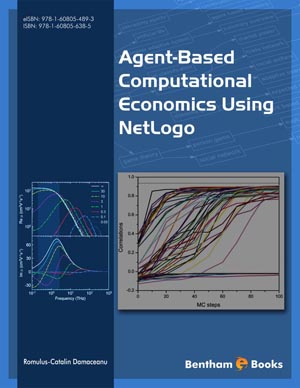Abstract
Radical innovation is disruptive. It is a change that sweeps away much of a firm’s, or an entire industry’s, existing investment in technological assets, skills, and knowledge. Such innovation has occurred throughout history and wealth has been accumulated in its wake. Companies have flourished because of such ingenuity, yet there is no evidence in the literature that radical innovation is a result of senior management’s decision, rather it takes place through learning. To understand what drives a knowledge-based organization, one must look at the inside of the firm where implemented structures and tools are supporting employees’ empowerment to unleash their creativity. What the firm knows is stored in the employees’ head and in the firm’s procedural structure, and the firm learns in two ways - by its employees and through hiring new employees. Thus, development of radical innovation, such as artificial intelligence (AI), will either be learned by the firm’s employees and/or through hiring experts. Whenever management prevents new methods from being applied, or employees refuse to acknowledge and learn new techniques, productivity suffers, resulting in firm and industry obsolescence. This is exactly what is happening in the case of AI. Almost eighty years after Alan Turing introduced AI theory, we see a world flabbergasted by its potential impact on productivity. Our case study is based on interviews of a dozen or so R&D managers in private and public sectors. Although our observations are not a guarantee to lead to a consistent agreement or interpretation, valid knowledge that can lead to better performance and organizational survival, may nevertheless provide useful learning for relevant readers.
Keywords: Bounded rationality, Creative destruction, Gødel’s incompleteness theorem, Organizational learning, Radical innovation, The knowledge-based firm, The resource-based view of the firm, Turing groundbreaking technology, Turing machine, Turing test.






















